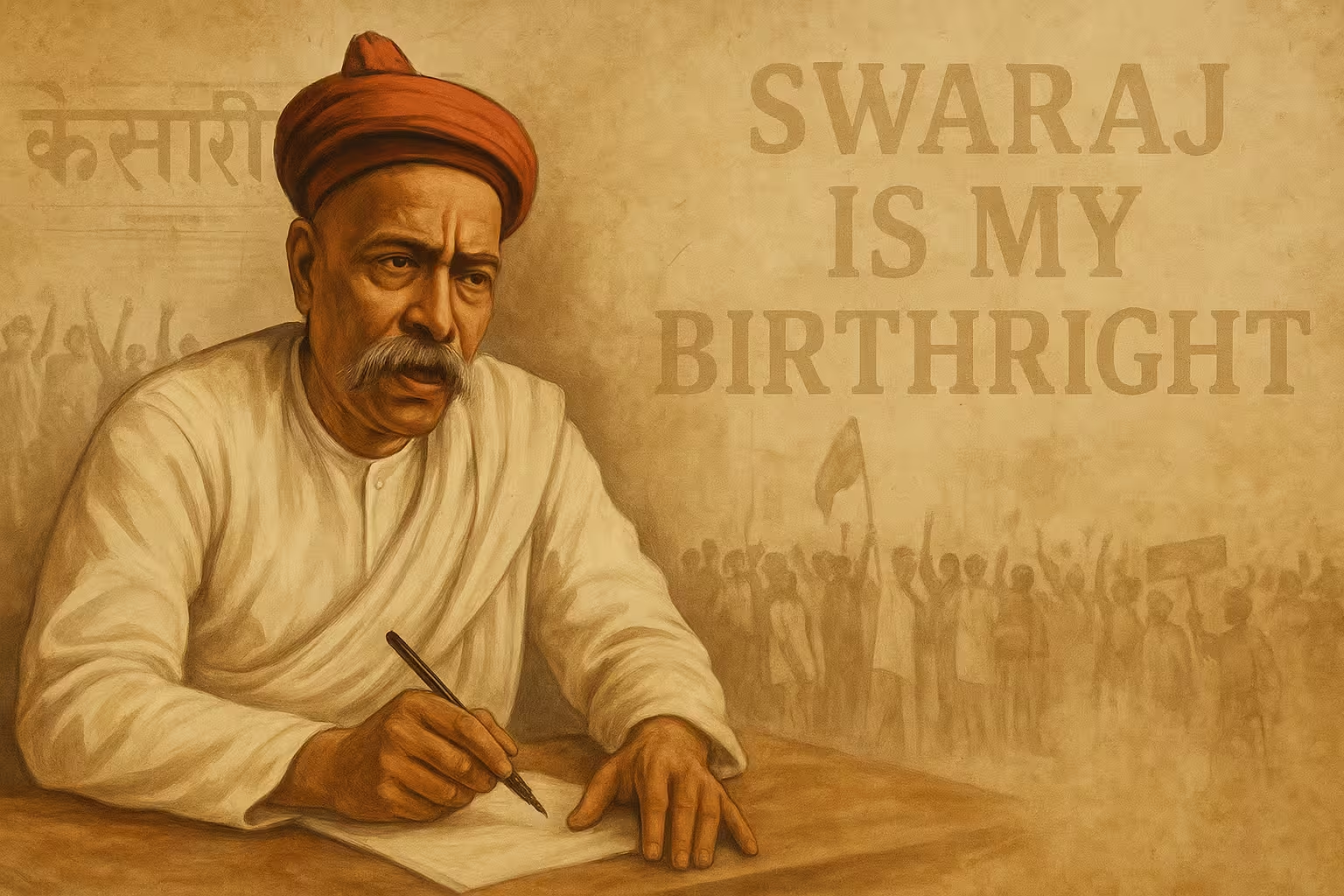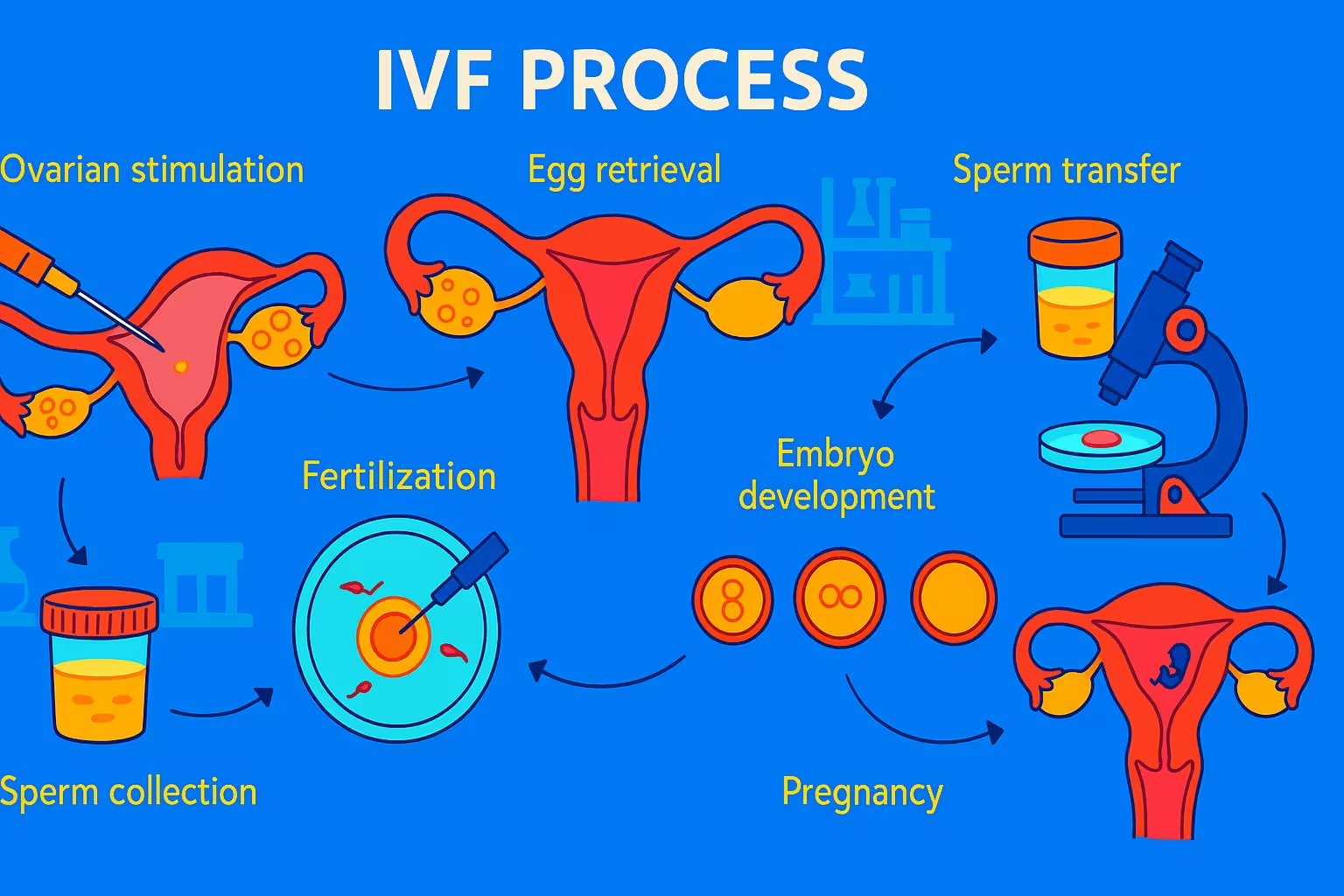Valentine’s Day, celebrated on February 14 every year, is a day dedicated to love, romance, and affection. It is one of the most popular celebrations worldwide, where people express their love through gifts, romantic gestures, and heartfelt messages. But have you ever wondered why we celebrate Valentine’s Day? What is the story behind this romantic holiday? In this article, we will explore the historical origins, legends, and significance of Valentine’s Day, as well as how it has evolved over the centuries.

Table of Contents
The Historical Origins of Valentines Day
Valentine’s Day is rooted in ancient Roman and Christian traditions. There are several legends and historical events associated with the origins of this day, making it a fascinating topic to explore.
1. The Pagan Festival of Lupercalia
Before Valentine’s Day became a romantic holiday, the ancient Romans celebrated a festival known as Lupercalia from February 13 to 15. This fertility festival was dedicated to Faunus, the Roman god of agriculture, and Lupa, the she-wolf who nurtured Romulus and Remus, the legendary founders of Rome.
During Lupercalia:
- Priests, called Luperci, would sacrifice goats and dogs as part of the purification ritual.
- Young men would use strips of goat hide to lightly whip women, believing it increased fertility.
- A lottery system was used to pair young men and women, who would stay together for the duration of the festival or longer.
Lupercalia was eventually banned by the Christian Church, but some aspects of the festival influenced the modern celebration of Valentine’s Day.
2. The Legend of Saint Valentine
There are multiple stories about Saint Valentine, and historians believe that Valentine’s Day was named after one or more Christian martyrs named Valentine. The most popular legend is about Saint Valentine of Rome in the 3rd century.
The Story of Saint Valentine
- During the reign of Emperor Claudius II, marriage was banned for young men because he believed that single men made better soldiers.
- Saint Valentine, a Christian priest, defied this law and secretly performed marriages for young couples.
- When Claudius II discovered Valentine’s actions, he was arrested and sentenced to death.
- While in prison, Valentine is said to have healed the jailer’s blind daughter and wrote her a farewell letter signed “From Your Valentine.”
- Valentine was executed on February 14, around 269 AD, and later canonized as a saint by the Catholic Church.
This romantic gesture is believed to have inspired the tradition of sending love notes on Valentine’s Day.
3. Geoffrey Chaucer and the Romanticization of Valentine’s Day
The connection between Saint Valentine and romantic love wasn’t widely recognized until the 14th century, when English poet Geoffrey Chaucer wrote about Valentine’s Day in his poem “Parliament of Fowls.”
- Chaucer described February 14 as the day when birds chose their mates, associating the day with romance.
- His poem popularized the idea that Valentine’s Day was a special day for lovers.
- Soon after, European nobility started exchanging love letters and poetry on this day.
Evolution of Valentine’s Day Traditions
Over the centuries, Valentine’s Day has evolved into a widely celebrated holiday with various customs.
1. The Emergence of Valentine Cards (17th-18th Century)
- By the 17th century, exchanging handwritten love notes became a common tradition in England and France.
- In the 18th century, printed Valentine’s cards became popular in Europe.
- The oldest known Valentine’s card dates back to 1415, written by Charles, Duke of Orleans, to his wife while he was imprisoned in the Tower of London.
2. The Rise of Commercial Valentine’s Day (19th-20th Century)
- In the 19th century, mass-produced Valentine’s cards replaced handwritten notes.
- In the 20th century, Valentine’s Day became more commercialized, with chocolates, flowers, and jewelry becoming common gifts.
- The heart symbol and Cupid (Roman god of love) became iconic representations of the holiday.
3. Modern-Day Valentine’s Day (21st Century)
Today, Valentine’s Day is celebrated in various ways across the world:
- Exchanging Gifts: Chocolates, flowers, teddy bears, and jewelry are popular gifts.
- Romantic Dinners: Many couples enjoy special meals at restaurants or cook together at home.
- Marriage Proposals: Valentine’s Day is a popular day for proposals and engagements.
- Social Media and Digital Celebrations: With technology, people express their love through messages, videos, and virtual gifts.
Valentine’s Day Celebrations Around the World
Different cultures have their own unique ways of celebrating love:
- Japan: Women give chocolates to men, and men return the favor on White Day (March 14).
- South Korea: Couples celebrate multiple love-related days, including Black Day (April 14) for singles.
- Brazil: “Dia dos Namorados” (Lovers’ Day) is celebrated on June 12.
- China: Qixi Festival, the “Chinese Valentine’s Day,” is based on a romantic folktale.
- Finland & Estonia: Valentine’s Day is called “Friendship Day” and focuses on celebrating friendships rather than romance.
The Debate: Is Valentine’s Day Overly Commercialized?
While many people enjoy celebrating Valentine’s Day, others criticize it for being too commercialized.
Arguments in Favor of Valentine’s Day
- Encourages people to express their feelings.
- Strengthens romantic relationships.
- Celebrates love in all forms (not just romantic love).
Arguments Against Valentine’s Day
- Excessive commercialization and pressure to buy expensive gifts.
- Can make single people feel excluded.
- True love should be celebrated every day, not just on February 14.
Read Also : Happy Promise Day 2026: Best Wishes, Quotes, and Messages to Express Your Love
Conclusion
Valentine’s Day has a rich and intriguing history, from ancient Roman festivals to modern-day celebrations of love. Whether you celebrate it with gifts, a romantic dinner, or simply by expressing gratitude to loved ones, the essence of the day remains the same: celebrating love and affection.
Understanding the origins of Valentine’s Day adds a deeper appreciation for this special day, reminding us that love has always been a powerful and cherished part of human history. Whether you embrace the holiday or not, one thing is certain—love, in all its forms, is worth celebrating every day of the year.







Leave a Reply